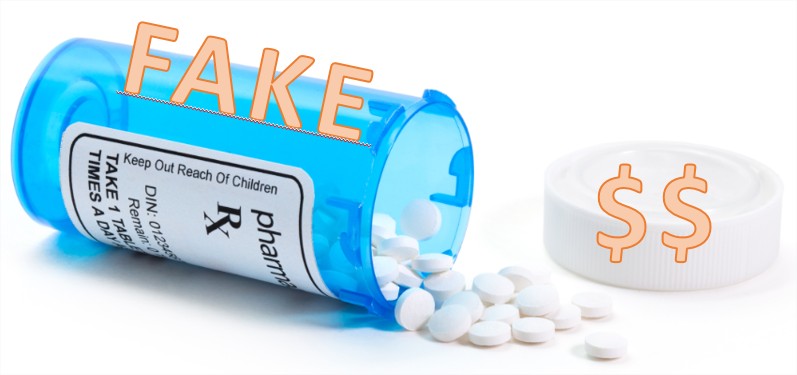WHAT’S GOING ON?
Generally defined as medication that places people at risk due to unexpected side-effects which in some cases can lead to death, fake medicines are becoming a growing concern globally.
They include medication that:
- Contains harmful ingredients
- Contains the wrong ingredient
- Or the right ingredients at the wrong dose
Interpol estimates that about one million people die each year from fake medicine. In fact, it was claimed that counterfeit medications were likely to have played a role in Prince’s death. It was reported that some of the pills found on his property were falsely labelled as a generic prescription painkiller but actually contained a fatal dose of fentanyl.
While counterfeit drugs have traditionally been an ongoing issue in developing and poorer countries, the problem has recently extended in developed and high income countries particularly Europe, Canada and the US where counterfeit drugs have been reported ten times more often within the last five years.
Two factors are driving this growing trend:
- The Internet has led to more drugs being purchased online which is a difficult supply chain to manage and regulate. For example, last December, companies controlled by the online pharmacy Canada Drugs pled guilty to selling fake drugs in the United States and agreed to forfeit $29 million, the amount equal to their sales of illegal drugs between from 2009 to 2012.
- Authentic medications have become too expensive to those who need them forcing them to turn to the less expensive, possible counterfeit medications.
According to the World Health Organisation (WHO), the counterfeit pharmaceutical industry is worth more than $75 billion annually which in addition to the human cost is also hurting the industry in lost revenue.
Christophe Zimmermann, the anti-counterfeiting and piracy co-ordinator of the World Customs Organisation states that the problem has become so serious that there may now be “more fakes than real drugs in the market”.
Medications most commonly counterfeited tend to be oral forms, pills, syrups and capsules with the majority produced in Southeast Asia and Africa.
More worrying is that counterfeit drugs are contributing to global microbial resistance which is undermining the fight against infectious diseases such as antibiotic-resistant forms of shigella (bacteria that leads to food poising), cholera, salmonella and tuberculosis.
GROWTH MANTRA’S PREDICTION
With tech giants Facebook and Google going to great efforts to expand Internet accessibility to the remaining 50% of the world’s population (namely the developing countries in Africa and Asia), we expect this to result in even greater growth in the counterfeit drug market.
As the problem becomes more widespread, we expect to see new developments in technology playing a key role in counteracting this growing trend.
We are already seeing Blockchain technology emerging as a promising contender. Novartis (an International pharmaceutical company) is currently working on a program called IMI Blockchain Enabled Healthcare program (IMI stands for the Innovative Medicine Initiative) which aims to partner the pharma industry with a consortia made up of SME blockchain companies with one of the projects focusing on counterfeit drug detection.
Researchers at the University of Florida have recently developed a way to instantly detect counterfeit pills that could be available to consumers and retailers within two years. The release of this new development could include a version that works with your smartphone, allowing consumers to test medicines and supplements themselves.

